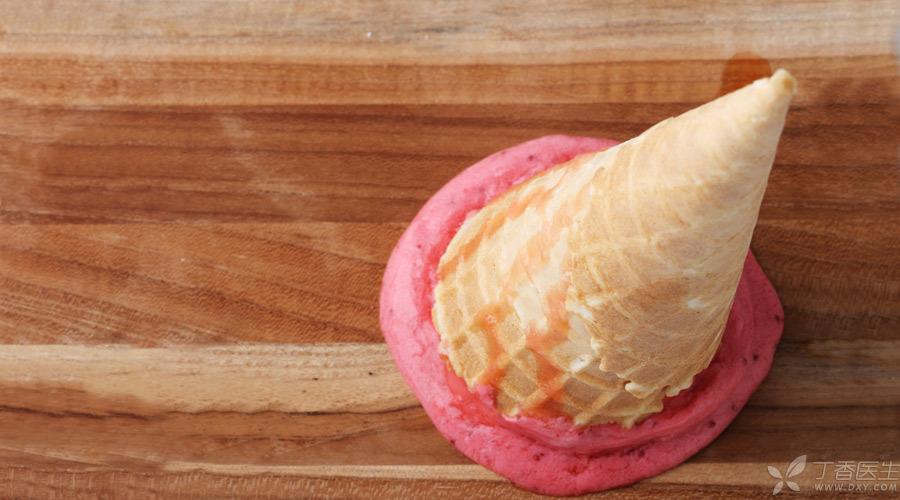
In many parts of the world, there is a saying:
If the food falls to the ground, if you can pick it up quickly, the bacteria will not have time to contaminate the food, so you don’t have to worry about eating bad stomachs.
However, there are many versions of how fast this [very fast] is, and the most widely circulated one is [5 seconds].
In the United States, more than half of the people know this [5-second rule]. In China, although the [5-second rule] is not very famous, it has been heard since childhood.
As long as your hands are fast enough, you can pick up the food and continue to eat it? This sounds really tempting, but… let’s see what scientific research says.
[5-second rule]: It’s just wishful thinking about bacteria.
In order to verify whether the [5-second rule] is reliable or not, Jillian Clarke, a curious American high school girl, did some interesting experiments.
She left the bear rubber fudge and biscuits on the floor for different times, and then observed their surfaces with a microscope.
The results showed that these foods were stained with many bacteria, even if their contact time with the floor was less than 5 seconds.
Jillian also won the 2004 Ig Nobel Prize for this research.
(Not the Nobel Prize you think, the Ig Nobel Prize is mainly awarded to [at first glance funny and thought-provoking] achievements).
Another scientist named Dawson did some more in-depth research in 2007.
Dawson and his friends used sausage slices and bread slices respectively to contact the surface with salmonella (they prepared three kinds of surfaces: wood, ceramic tiles and carpets) to see how many bacteria can contaminate food.
The results showed that 50% ~ 70% of bacteria will transfer to food on wood and ceramic tile surfaces. Moreover, the amount of bacteria stained on food has nothing to do with the contact time, and the number of bacteria brought by 5 seconds of contact is almost the same as that of 60 seconds.
In other words, the process of bacterial contamination has already begun as soon as the food touches the ground.
The food fell to the ground, can we still eat it?
If the food falls to the ground, the safest way is: don’t eat it.
Many people may object:
I have eaten food that fell to the ground before, and I am not sick.
Of course, whether you will get sick after eating depends on whether there are pathogenic bacteria, the number of bacteria and your own resistance.
The reason for not getting sick may be that you did not encounter pathogenic bacteria, or it may be thanks to your immune system.
In other words, you are gambling your life and health.
Bacteria are invisible to the naked eye. Pathogenic bacteria may still exist on clean-looking floors. And [picking up quickly] cannot prevent food from being contaminated by bacteria.
You know, some [vicious] Escherichia coli can lead to food poisoning with only a little, and for people with low immunity, it can even lead to death in severe cases.
Therefore, to be on the safe side, don’t eat the food that falls to the ground. Especially for the elderly and children with weak resistance, they should not take risks.
Of course, I understand everyone’s chagrin over the [food fell to the ground] and give you a famous Spanish saying to show comfort:
Lo que no mata, engorda.
If you eat it, you will not die and become fat.
